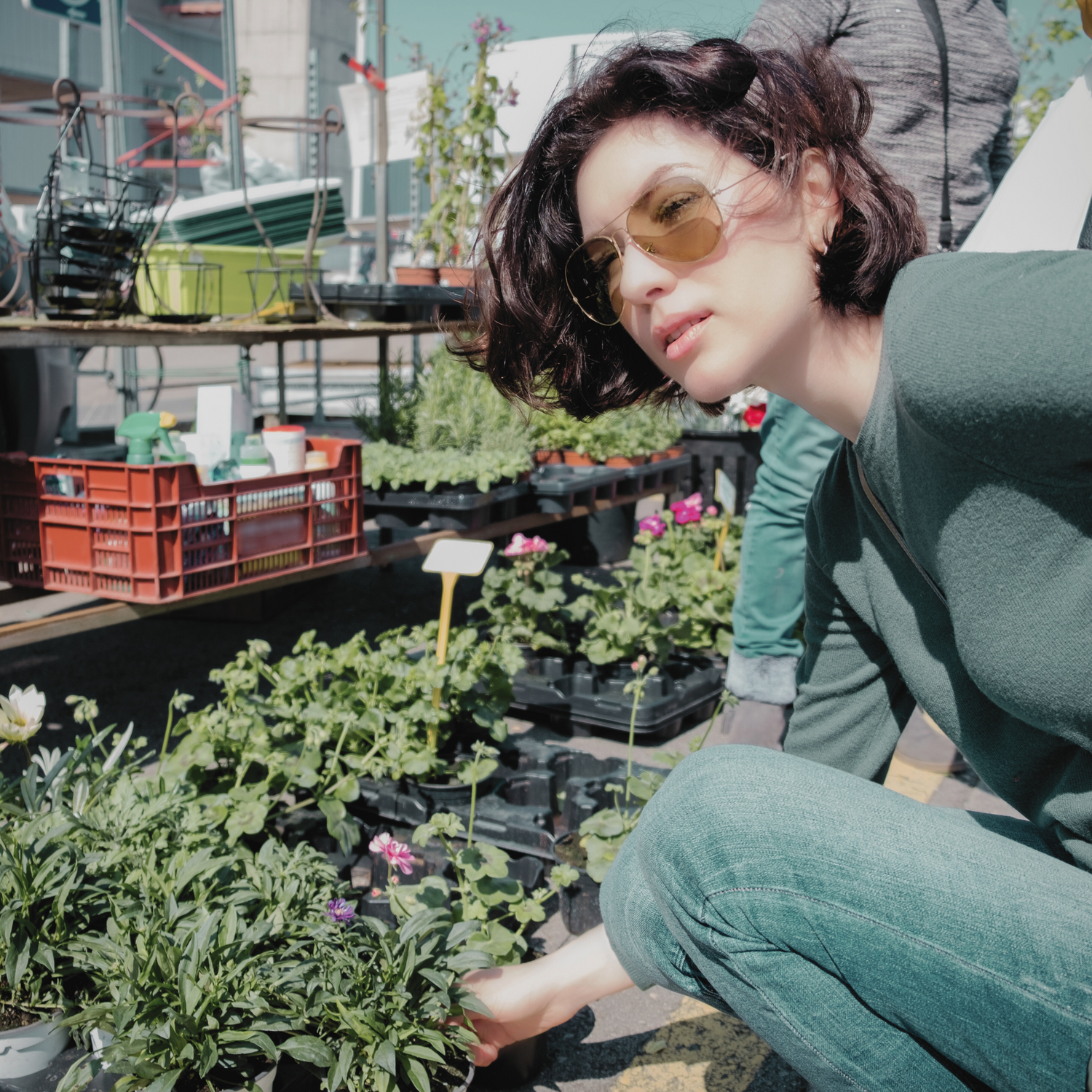
As the days get longer, the sun gets higher in the sky, and you know the warmth of summer is upon us. Zone 7 gardens transform into a vibrant tapestry of colors and flavors. In this installment of our year-round gardening series, we explore harnessing the Summer Sizzle for a season of growth, abundance, and a few tried and true strategies to beat the heat.

Watering Wisdom: Efficient Watering Practices
The golden rule of summer gardening is a judicious approach to watering. With deep, infrequent waterings you're encouraging deep root growth even when it's 100 plus in the shade! Watering in the morning or evening is a plus if you are able but any water is better than none. During dry periods you want to check even your drought-resistant plants for signs of needing watering. Need the scoop on how to water? Check out this post for the details.
Drought-Resistant Plant Selection
Give your garden a fighting chance against the summer heat by choosing plants adapted to drought conditions. Explore a variety of resilient species that can thrive with minimal water, reducing the need for constant irrigation while still producing stunning blooms and bountiful harvests.

Maximizing Yield
Fuel your garden's productivity with smart fertilizing practices. Understanding the nutrient needs of your plants during the summer months is essential. Summer vegetables often need a little extra phosphorus and potassium to aid in the fruit and flower phases. A soil test is recommended to fine-tune amounts. Adding a boost of nitrogen at this stage can provide misleading results, often this will cause the plant to be all stem and vine, producing few flowers or fruit.
Consider organic fertilizers, compost, or specialized blends to promote healthy growth and abundant yields in your microclimate.

Companion Planting for Enhanced Growth
Discover the power of companion planting to enhance the growth and flavor of your crops. Explore dynamic plant pairings that support each other, whether it's deterring pests, improving soil health, or maximizing space utilization.
Companion planting also known as Intercropping is the practice of planting different species of plants close together in order to enhance the growth and flavor of each. This style can also help to protect your garden from pest and weed pressure, improve soil health, and maximize your utilized space in your garden.
Managing the Heat: Shade Gardening Techniques
Facilitate cooling in your beds with a few strategic uses of shade. Using companion planting principles and learning about plants that do best with a little less sun. You can place them in and around structures like a pergola or arbor. Create a shade house with a special cloth that blocks out some of the sun's intensity. Plant ground cover to regulate temperature and aid in water retention (again companion planting, noticing a trend?).

Protecting Plants from Extreme Temperatures
Protecting your plants from the intensity of the summer sun is a breeze with best practices such as mulching, using row covers during severe temperature fluctuations, and providing some shade for more delicate plants. Planting these into your routine is sure to help you soothe the summer sizzle.
Your garden is a dynamic ecosystem, constantly adapting to the changing seasons. Stay tuned for our next installment, where we'll guide you through the autumn harvest and the art of maintaining a vibrant garden in the crisp air of fall. Happy gardening!
-

Local Pickup Only
We’ve made getting your favorite plants as easy as picking up your...
-

Hand-Packaged Seeds
Grow a little piece of Nevermore Nursery wherever you are with our...



